Producers
Because producers bring seafood into a supply chain, good practices by producers—and incentives to maintain those good practices—play a fundamental role in improving working conditions and upholding a socially responsible seafood industry.

What is a producer?
A producer is a company that harvests, captures, grows, or otherwise cultivates seafood (e.g., fishing at sea or via aquaculture). The seafood product may be ready for direct consumption or undergo further processing and resale before reaching the consumer.
Roadmap Guidance
At the production level—whether in wild caught or aquaculture—seafood workers may face risks such as forced labor, recruitment-related debt, or unsafe working conditions. Applying human rights due diligence is critical to ensure responsible recruitment, ethical onboard and farm practices, and long-term labor retention in settings that are often remote or informal.
